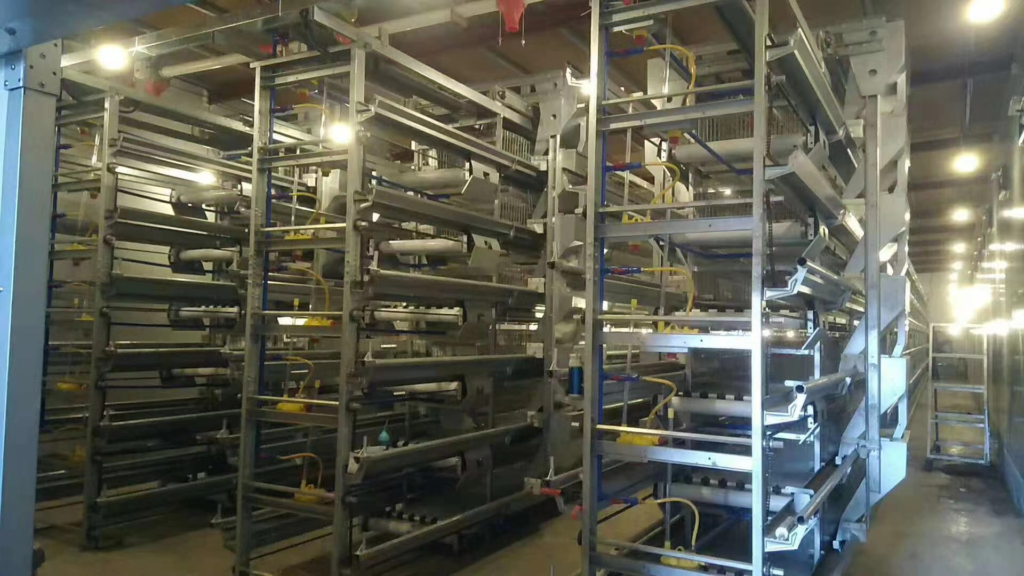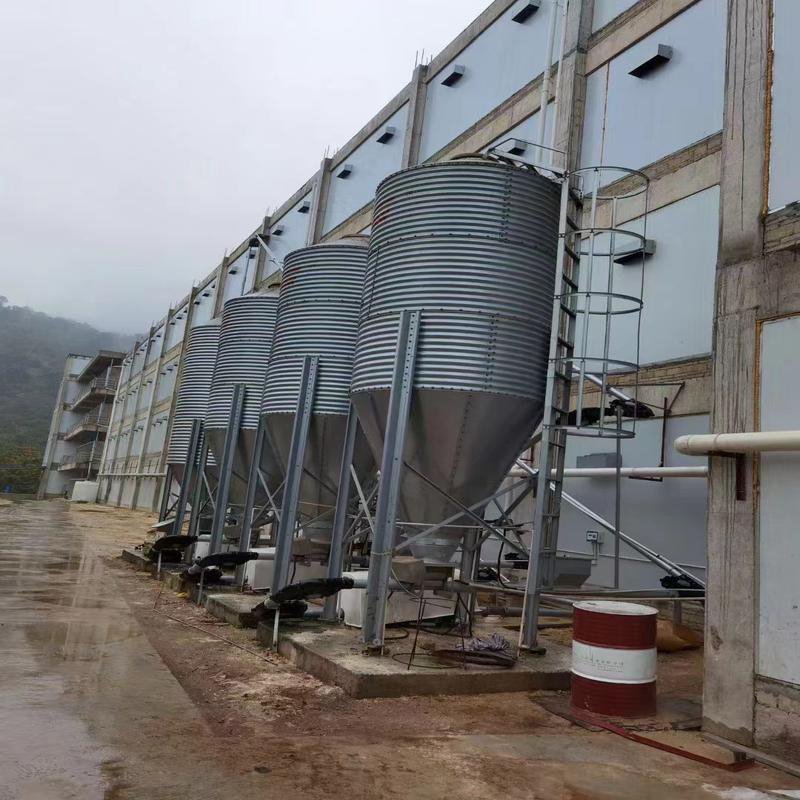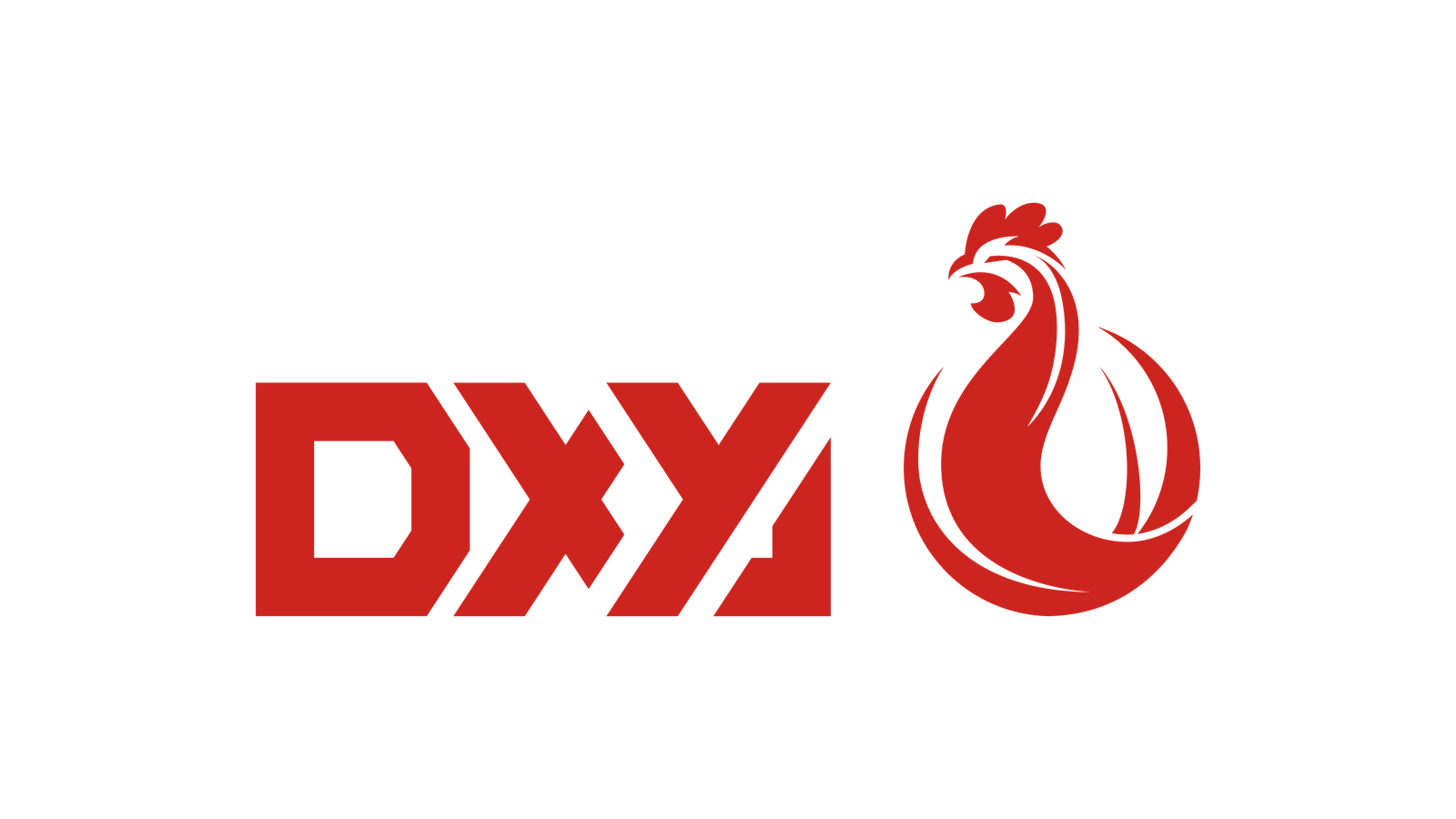Table of Contents
Automated Feeding System for Layer Cages
Overview
Implementing an automated feeding system that stores feeds in silos and uses an auger breeding system to convey the feed to layer cages can significantly save labor and increase efficiency.
This setup ensures that chickens have a consistent supply of feed without the need for constant manual intervention.
Components of the System
- Layer Cages
- Designed to house the chickens and ensure easy access to feed and water.
- Equipped with feeding troughs that receive the feed from the auger system.
- Proper cage design enhances chicken comfort and productivity.

- Silos for Feed Storage
- Large-capacity silos are used to store bulk feed.
- Silos protect the feed from environmental factors and contamination.
- They allow for bulk purchasing of feed, reducing costs.

- Auger Breeding System
- The auger system efficiently transports feed from the silos to the layer cages.
- It consists of a helical screw blade (auger) that moves the feed through a tube.
- The system can be automated to control the feed distribution based on the chickens’ needs.

Benefits
- Labor Savings
- Reduces the need for manual feeding, freeing up labor for other tasks.
- Decreases the time spent on feeding routines, allowing for better farm management.
- Increased Efficiency
- Ensures consistent and timely feeding, promoting better growth and egg production.
- Minimizes feed wastage due to controlled dispensing.
- Reduces the likelihood of feed contamination, improving overall flock health.
- Improved Productivity
- Consistent feeding schedules lead to better weight gain and higher egg production.
- Automated systems can be adjusted for optimal feeding times, ensuring chickens are fed when they are most active.
- Cost Savings
- Bulk purchasing of feed reduces overall feed costs.
- Automation reduces labor costs and increases operational efficiency.
Implementation Steps
- Assessment and Planning
- Evaluate the farm layout to determine the best locations for silos and auger systems.
- Plan the feed distribution routes to ensure all layer cages receive adequate feed.
- Installation
- Install silos at strategic points to optimize feed storage and distribution.
- Set up the auger system to connect silos to the feeding troughs in the layer cages.
- Ensure the layer cages are properly positioned and equipped for efficient feeding.
- Testing and Adjustment
- Test the system to ensure smooth operation and correct feed distribution.
- Make necessary adjustments to the auger speed and feeding schedules.
- Monitor the system regularly to maintain optimal performance.
- Training and Maintenance
- Train farm staff on operating and maintaining the automated feeding system.
- Implement a regular maintenance schedule to prevent breakdowns and ensure longevity.
By integrating a silo-based feed storage system with an auger breeding system, farms can achieve significant labor savings, increase efficiency, and boost productivity, ultimately leading to better farm management and profitability.
